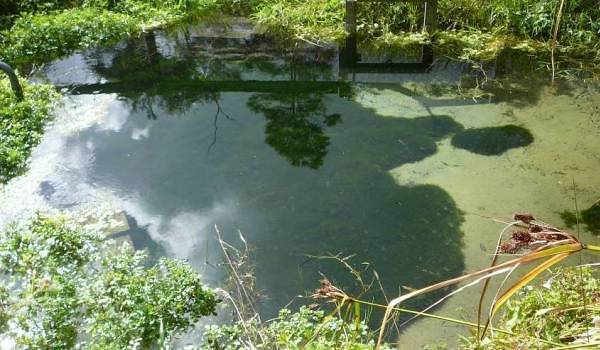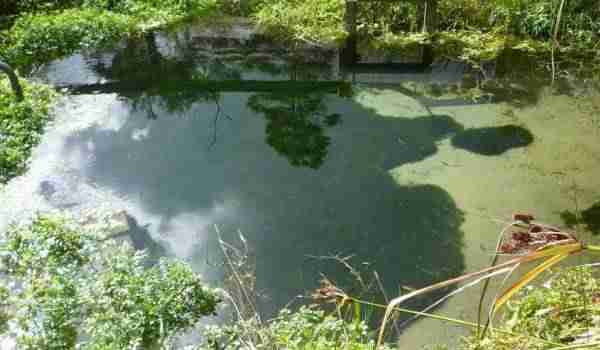So far, Waikato District Council has been unable to provide any justification for a statement in its Long Term Plan on the reason for Raglan water meters. In the plan document the Council said, “Council will struggle to renew the water abstraction consent without the ability to demonstrate that water is being used efficiently”, as a justification for installing water meters in Raglan.

Raglander JohnLawson asked the Council to explain this statement, saying that, “Hugh at Waikato Regional Council, confirmed John’s understanding that WRC have no rules specifically requiring water meters. They just support whatever measures DCs decide to adopt to achieve efficiency. He concurred with my understanding that Raglan’s water use only slightly exceeds two-thirds of the consented take in the summer peak. He doesn’t know the detail of the catchment or aquifer, but agreed that if, as is the case, the stream still has adequate flow, only runs for about a kilometre from spring to harbour, is a self-contained catchment and aquifer and no other water takes are consented in that aquifer, then there’s no need to reduce the consent, or require further conservation measures.”
John says, “My interpretation of this is that Raglan water metering and summer restrictions are unnecessary.”


Just to clarify, “Instead they gave him a copy of the response letter from WRC to WDC’s submission”. That response from WRC made no mention of meters and only referred to water supply on the Auckland boundary. So, as you imply, it was completely irrelevant to the water meter submission I made. Council is about to waste another $220,500 installing water meters in Raglan. We’re going to have to pay for that – about $190 per household.
It’s even odder that WDC, in a submission about UAGC rates (the same for all ratepayers, rich or poor), advises WRC to look at the “impact on low value properties occupied by low income households.” These are exactly those who will be worst hit by water meters!
Good news that at last night’s Community Board meeting Martin Mould said that on average we’ll be paying no more with meters than now. We just need to get summer and winter charges now and hold council to that promise, though it will mean that we’ll pay more as ratepayers.
Unfortunately nobody in Raglan pays the average. There are two main types of resdiential water users in Raglan (1) Holiday homes that are unoccupied for most of the year, (2) Permanent residents. The amount of water used by each category is very different. One very low and one moderately high. Nobody uses the average in the middle. This is a classic bimodal distribution (sometimes called the ‘Mae West’ distribution as there are 2 peaks). When water meters are introduced, the charge paid by holdiay home owners will go down and the charge paid by permanent residents will go up. Yes Mr Mould, it is true that the average will remain the same, but that is irrelevant.
In 2012 the previous manager estimated the average charge with meters would be $592, when we were paying $399.84. Now we’re paying $521, but it’s still better than $592. The Community Board seemed to want more information about metering and charges, so hopefully, having failed to stop meters, they’ll now press for fair charging.